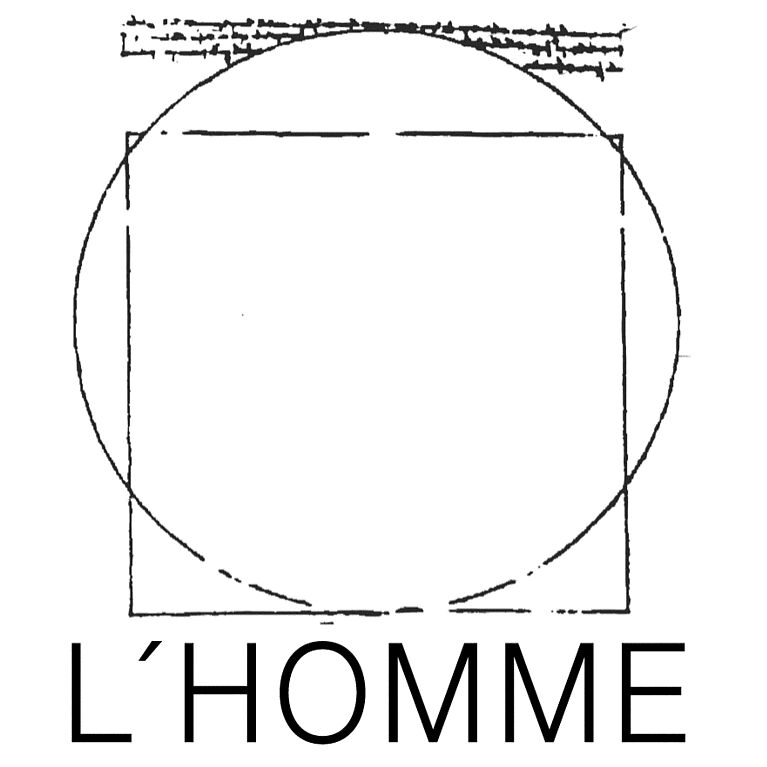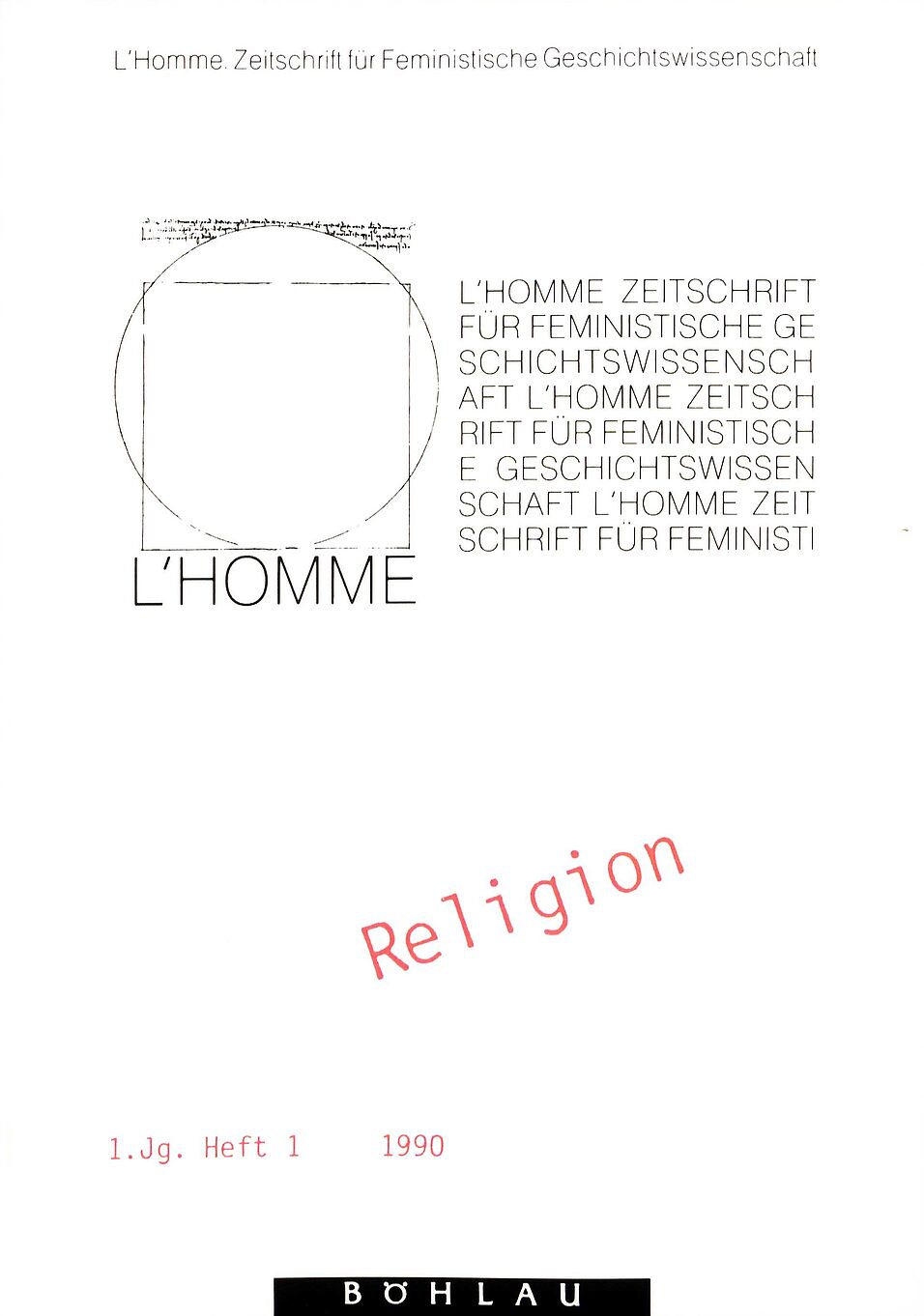Herausgegeben von Christa Hämmerle und Edith Saurer
Bestellung / Order
Diese Print-Ausgabe direkt bei der Redaktion bestellen / Order print issue at the editorial office: lhomme.geschichte (at) univie.ac.at
Inhalt / Table of content (pdf)
INHALT
Editorial (3–5)
Beiträge
Herta Nagl-Docekal
Feministische Geschichtswissenschaft – ein unverzichtbares Projekt (7–18)
Marilena Modica Vasta
„Sante vive“; Weibliche Heiligkeit zwischen Realität und Fiktion im Sizilien des 17. Jahrhunderts (19–35)
Edith Saurer
„Bewahrerinnen der Zucht und der Sittlichkeit“. Gebetbücher für Frauen – Frauen in Gebetbüchern (37–58)
Lucetta Scaraffia
Bemerkungen zur Geschichte der Mater Dolorosa, der Schmerzensmutter, vorzüglich in Süditalien (59–71)
Aktuelles und Kommentare
Brigitte Mazohl-Wallnig
Un-Gleichheit hinter dem Katheder. Ein kommentierter Situationsbericht über das stati(st)ische Verhältnis der Geschlechter an Österreichs Universitäten (73–87)
Anette Baldauf, Ingvild Birkhan und Andrea Griesebner
Die „Initiative für die Stärkung der Frauenforschung und ihrer Verankerung in der Lehre“: Bericht einer Protestbewegung an der Universität Wien (89–97)
Rezensionen
Christa Hämmerle
Quellen zur „subjektiven Seite der Religion“
- Dagmar Scherf Hg., Der liebe Gott sieht alles. Erfahrungen mit religiöser Erziehung
- Tilmann Moser, Gottesvergiftung
- Martin Greiffenhagen Hg., Pfarrerskinder. Rückblicke auf ein protestantisches Elterhaus
- Ursula Goldmann-Posch, Unheilige Ehen. Gespräche mit Priesterfrauen
- Michael Mitterauer u. Peter Paul Kloß Hg., "Damit es nicht verloren geht ..." (99–106)
Erna Appelt
Ursula Beer, Geschlecht, Struktur, Geschichte. Soziale Konstituierung des Geschlechterverhältnisses (106–108)
Andrea Ellmeier
Dietmar Becker, Regina Becker-Schmidt, Gudrun Axeli-Knapp u. Ali Wecker, Zeitbilder der Technik. Essays zur Geschichte von Arbeit und Technologie (108–113)
Monika Bernold
Heide Dienst u. Edith Saurer Hg., „Das Weib existiert nicht für sich“: Geschlechterbeziehungen in der bürgerlichen Gesellschaft (113–116)
Eva Blimlinger
Monika Bernold, Andrea Ellmeier, Johanna Gehmacher, Ela Hornung, Gertraud Ratzenböck u. Beate Wirthensohn, Familie: Arbeitsplatz oder Ort des Glücks? Historische Schnitte ins Private (117–120)
Andrea Griesebner und Andrea Scheiblauer
Arlette Farge, Das brüchige Leben. Verführung und Aufruhr im Paris des 18. Jahrhunderts (120–123)
Johanna Gehmacher
Dagmar Reese, Straff, aber nicht stramm – herb, aber nicht derb. Zur Vergesellschaftung von Mädchen durch den Bund Deutscher Mädel im sozialkulturellen Vergleich zweier Milieus (124–127)

